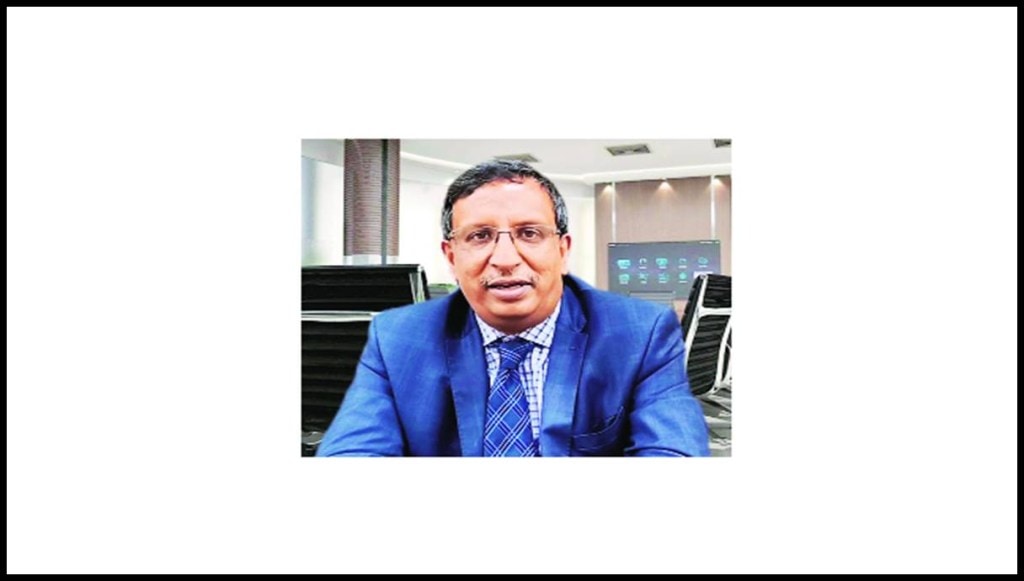UCO Bank is planning to bring down gross NPA ratio to around 3% by this fiscal-end, says MD & CEO Soma Sankara Prasad. In an interview with Mithun Dasgupta, Prasad says the bank is looking at a minimum of 25% year-on-year growth in its corporate loan book during FY24. Excerpts:
UCO Bank’s asset quality improved in the Q4 on both the year-on-year and quarter-on-quarter basis. What are the bank’s plans to further reduce its NPAs?
Our gross NPA had stood at around 10,237 crore as on March, 2022, and it came down to7,726 crore as on March, 2023. And, net NPA came down from Rs 3,316 crore to Rs 2,018 crore during the period. Cash recovery and upgradation was around Rs 2,978 crore in the last fiscal. Basically, we want to bring down our NPAs through cash recovery and upgradation. Some amount of write-off will also be there. If you look at the write-off for FY23, it was about Rs 2,500 crore. So, the majority of bad loan reduction will be through cash recovery and upgradation. We are actually looking at bringing down gross NPA ratio to around 3% by this fiscal-end. And on the net NPA ratio side, we are looking at bringing it down below 1%. (Gross NPA ratio and net NPA ratio stood at 4.78% and 1.29%, respectively, during FY23-end).
Are fresh slippages gradually coming down?
See, for the last fiscal, fresh slippages were around Rs 2,000 crore, while for the fiscal prior to that, it had been more than Rs 6,000 crore. That means slippages in FY23 was one-third of that of FY22. In Q3FY23, fresh slippages were around Rs 491 crore and it came down to around Rs 472 crore in Q4.
For the bank, corporate loan growth was higher than that of retail for FY23. In which sectors did you witness higher demands for corporate loan?
For the entire fiscal, our retail loan book growth was 22% year-on-year, whereas the corporate loan book grew 32% y-o-y. Of our total advances, around 54% is retail, agriculture and MSME, and 46% is corporate. In the corporate sector, we saw higher loan growth in infrastructure, basically roads and steel, cement, chemicals, renewable and NBFCs. For these sectors, demands were for term loans. We also saw some amounts of loan growths from the FMCG sector, where demands were for working capital loan. We are optimistic about corporate loan growth for this fiscal as well because the economy is doing well and will continue to do well. We also expect private investment to increase. Of course, we have a higher base now. Still, we are looking at an increase of our corporate loan book of at least 25% year-on-year growth in FY24.
How do you see the bank’s cost of funds going ahead?
Though it has started going up a little, it is still very good. Our cost of funds was about 3.43% at the end of last fiscal. At the moment, I see an increase in the cost of funds, because with the higher deposit rates, whatever deposits we will get, those will be at higher rates. For the repo rate increase, there is a pause now. So, interest rate for loans will remain the same, I don’t think that it will go up. So, then I would see some pressure on the net interest margin (NIM).
The bank’s NIM stood at 2.87% at the end of FY23. What is the outlook for NIM during the first quarter of FY24?
We are looking at somewhere around 3%.
How many foreign banks have evinced interests to open special vostro accounts with UCO Bank for rupee settlement system for international trade with India?
Around 10-12 foreign banks, mostly Russian, have shown interests so far to open special vostro accounts with our bank. These banks have sent requests to us, and we will have to approach the Reserve Bank of India for opening the vostro accounts. At the Gazprombank account, money is lying in rupee. Out of that, we are paying to Indian exporters to Russia. As many as 15 transactions have happened so far and ticket size remains around Rs 25 lakh-Rs 1 crore.
Do you see this ticket size for transactions will improve going forward?
Definitely, because now it is being tested out. Once people get confidence that it is working, the ticket size will pick up.
